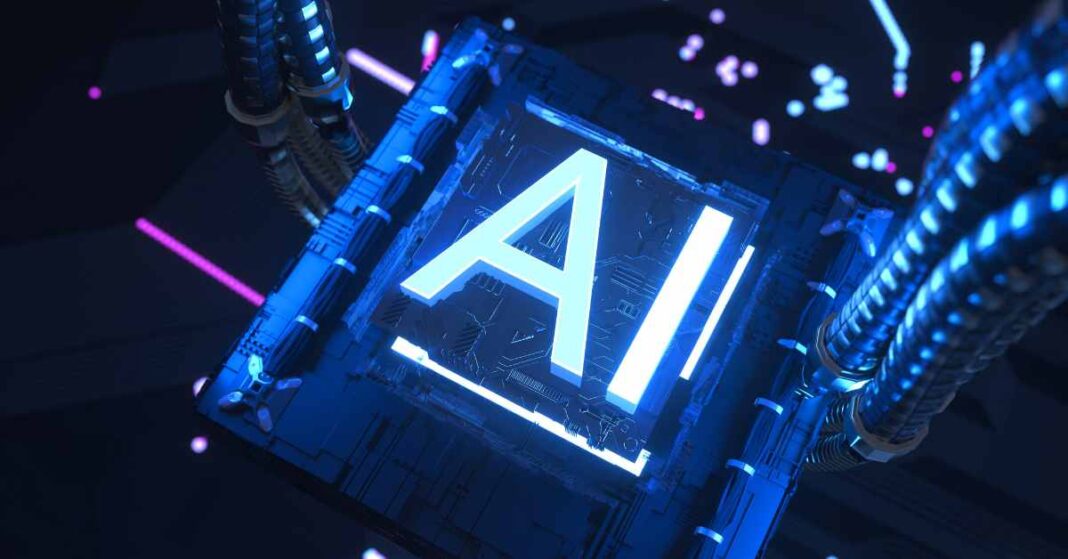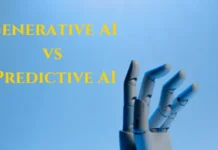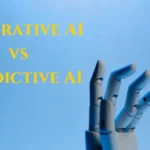Generative artificial intelligence (AI) tools like ChatGPT are rapidly acquiring ground, allowing the technology to be used across the enterprise to automate manual tasks performed by workers, which is expected to be a significant game changer in the global labor market.
In the United States and Europe, up to 300 million jobs could be threatened by some form of AI, according to Goldman Sachs. Additionally, two-thirds of jobs in the North American country could be partially automated, and up to one in four job tasks could be fully automated on both continents. If your are looking for the new job information or for the treining material then you should surely know info abot the HyVee Huddle employee portal.
In particular, roles that require repetitive data entry, legal administration, careers that involve math skills, and even healthcare jobs will all be affected by AI adoption. And, it is that it can automate up to 29% of the tasks related to computing, as well as 28% of the loads in health, according to the study. On the contrary,
While automation through AI is expected to disrupt various career fields, including IT, not all jobs in those areas will be affected equally. For example, in the legal sector, paralegal jobs are likely to be more in jeopardy than lawyers; that’s one of the reasons why the percentage of the legal industry is so high.
Data processing tasks like data entry are also “disappearing,” especially in banking. There’s no longer a need for someone to sit there and enter invoices or accounts receivable.
With AI taking over many tasks in many fields, organizations will be under pressure to upskill or retrain their existing workforce. In fact, half of IT employers are training workers to address staffing challenges. In fact, emerging technologies like AI and virtual reality could help recruit and train new employees.
Croucher believes the need to retrain employees as AI takes over tasks will hit companies “hard and fast.” “I think the curriculum is out there, but I don’t think the rubber has hit the road yet. In the US, you are starting to hear more about apprenticeship programs in areas like cybersecurity.
Companies are now taking longer to hire knowledge workers. For the most part, ADP data shows significant dislocations for workers in three areas: digital marketing, digital advertising, and digital sales. That’s because the previous generation of technology in e-commerce and marketing required people to click buttons to manage search engine optimization. Now, tools are automating that. So it’s modern work that’s being disrupted.
Automating yourself outside of a job
Berkowitz notes that he may be automating in his current role, helping to develop AI and machine learning tools to eliminate manual data analysis tasks. But he describes the technology as “amazing.” He is optimistic about its future after 30 years of working on product development for ADP.
For more than two years, the company has been using various extensive language models (LLMs), including GPT 4 and Google Bard, to improve the efficiency of the ADP skill graph. That app, among other things, maps in-demand skills to what people should be paid for them and the workforce’s capabilities.
All the job numbers you see [from ADP] on who’s doing what and in what professions are being run by machine learning and AI we developed two or three years ago. So every job number, everything we put out, has machine learning behind it today.
These big language models are really good at summarizing data. Do I need someone to spend 100 hours building a dashboard, or will the new tools allow me to do it dynamically? There are research assistants, associates; there are people who set up business rules around companies. Well, this is our policy. Now we will configure and implement those policies by configuring the software or training people in the processes.
The good news: the displacement of workers from automation in the past has generally been offset by creating new jobs. That trend explains the vast majority of long-term job growth.
Although ADP automated the digital tasks previously performed by workers, it did not reduce headcount as a result. In fact, the company ended up paying those data analysts more because those employees could develop new skills and move up the career ladder.
Expert estimates that AI is not perfect. For the foreseeable future, at least, he will remain more of a co-pilot than a commanding pilot; people will still be needed to ensure that the work produced by generative AI tools is accurate.
Is a productivity boom coming?
The combination of significant labor cost savings, new job creation, and increased productivity for non-displaced workers raises the possibility of a productivity boom that could substantially boost economic growth, although the timing of such a boom is difficult to predict.
A study published this week by Upwork, a freelance staffing platform provider, underscores that possibility; indicates that companies plan to hire more people even with the rise of generative AI.
Contrary to the assumption that AI will replace millions of jobs, Upwork’s survey of 1,400 US business leaders across various industries found that 64% of C-suite executives plan to hire more professionals due to generative AI. And 49% of all respondents, which included senior managers through the top team, plan to hire more freelancers and full-time employees.
Remote companies are more likely to adopt generative AI first, with 68% of full-time remote companies saying they are actively doing so, compared to 5% of companies working full-time in the office.
“Businesses that want to close this gap need to implement a change management strategy that includes communicating the expected results to their workforce regarding the adoption of generative AI and clear policies,” Monahan said. “It’s important for leaders to address fear and uncertainty and, perhaps most importantly, encourage their teams to adopt a learning orientation.”
The arrival of the ‘AI era.’
Just as the industrial revolution ushered in the industrial age and the Computer Revolution launched the Information Age, the AI Revolution heralds the arrival of the AI age.
With 1 billion jobs worldwide projected to dramatically evolve over the next decade due to AI, the demand for fast-growing skills such as AI/machine learning, cloud computing, cybersecurity, product management, project management, and digital social media is on the rise. Those skill sets opened up more than five million job opportunities in 2022 alone.
The AI must be adapted to specific tasks, managed, and monitored. For example, ad engineers must design and optimize text ads for LLMs to achieve their desired results.
It helps LLMs for rapid iteration in product exploration and prototyping by adapting the LLM to better align with the task definition quickly and easily.
AI systems will also need to be monitored to ensure their output is accurate and valuable; that will be the job of an AI auditor.
In general, AI competence will be appreciated by employers, with AI skills, from coding to working alongside AI, understanding its implications, and integrating into existing structures, needed in the coming months.










![Imginn Instagram Story and Photos Anonymous Viewer Tool [Free] Imginn](https://www.iblogtech.com/wp-content/uploads/2023/09/imginn-150x150.webp)



